Meet Some Amazing Animals
A variety of different animals from around the world

On the Land
Five Species of Baboons
There are five different species of baboons and they all live in Arabia or Africa. Some baboons are the world’s largest moneys. They prefer savanna and semi-arid habitats. There are a few baboons that live in tropical forests.
Baboons are adept at climbing trees in which they eat and sleep. Much of their time is spent on the ground. They love to eat crops so the African farmers are not their friends, They enjoy fruits, grasses, seeds, roots, and bark. When they have an appetite for meat they eat rodents, birds, and some larger mammals such as sheep and antelope.
The four species of baboons yellow, chacma, olive, and Guinea, are known as savanna baboons. They form large troops that can consist of as many as hundreds of baboons, To show their strength they dominate rivals. Within the troop, they spend hours grooming one another to remove dead skin and insects.
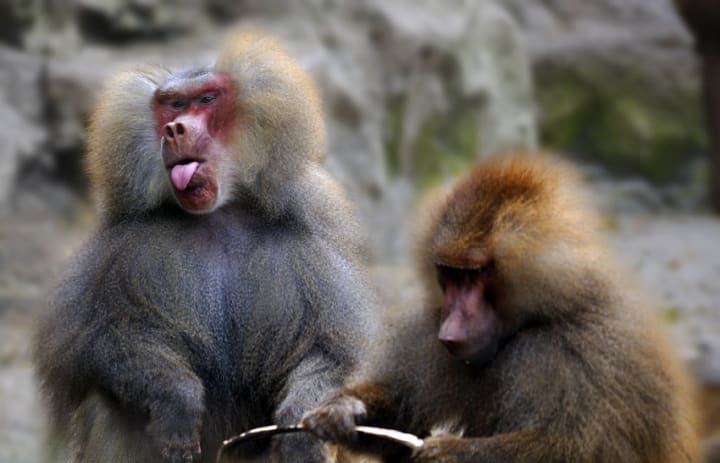
Hamadryas baboons are a fifth species living in the hills along the Red Sea coasts in Arabia and Africa. These are cliff-dwelling baboons that by day forage and come together in smaller groups at night.
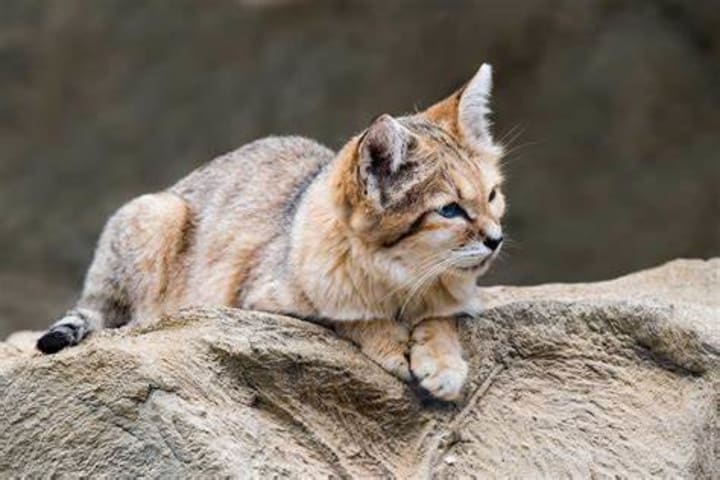
Interesting Sand Cats
The cats that are known as sand cats have pale sandy to grey-brown fur. On their belly, the fur might be paler but darker on their backs. There are sand cats that have stripes on their legs and on their faces are red streaks that run across the sand cat’s cheek from the corner of each eye. They have broad heads with large eyes and low-set ears. Sand cats have short limbs.
Sand cats are native to the Sahara Desert of Africa, and the Arabian Peninsula and can also be found in parts of central Asia. They like dry, arid habitats that have little vegetation and since they’re sand dwellers their homes are in dry plains and rocky valleys. They love to burrow and dig in the sand.
Sand cats enjoy a diet of small rodents, hares, spiders, birds, insects, and reptiles. They are known to be bold snake hunters and will even attack very poisonous snakes. They can survive for weeks without water and will get some moisture from their prey. Their breeding habit depends on what part of the world they live in due to the change of seasons. A female sand cat usually has a liter of one to eight kittens and the most common liters are two to four kittens.
These are nocturnal and crepuscular animals so they avoid the heat of the desert by burrowing deep down into the sand. Their lifespan is unknown in the wild but if in human care then they can live to 13 years.
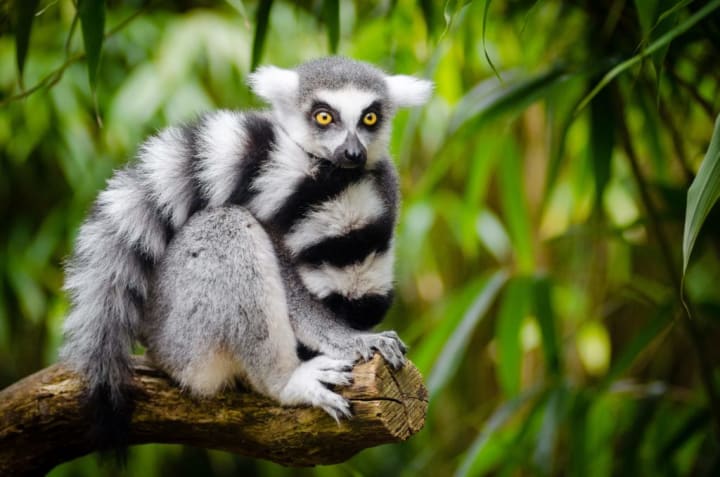
Black and White Tailed Lemurs
Lemurs are so very cute and I always love watching them when I am at a zoo. Some of the fun things they do just like humans are gathering together in open areas of the forest to sunbathe. Now I know you have seen beaches where bodies are side by side. Once they have found their spot they sit in a position so that their bellies are toward the sun and stretch their arms and legs out to the sides. This gives their underside the most exposure to the sun and warms them up.
On their tails, each lemur has exactly 13 alternating black and white bands. When the lemur group goes walking together they all put up their tails like flag masts so everyone will stay together and it must be like seeing lemurs on parade.
I wonder if anyone could believe that those little furry creatures called lemurs can be evil. These lovable-looking creatures come from Madagascar. It is their name that is in question. Apparently, the word lemur comes from the Latin word lemures which means ghosts or specters.
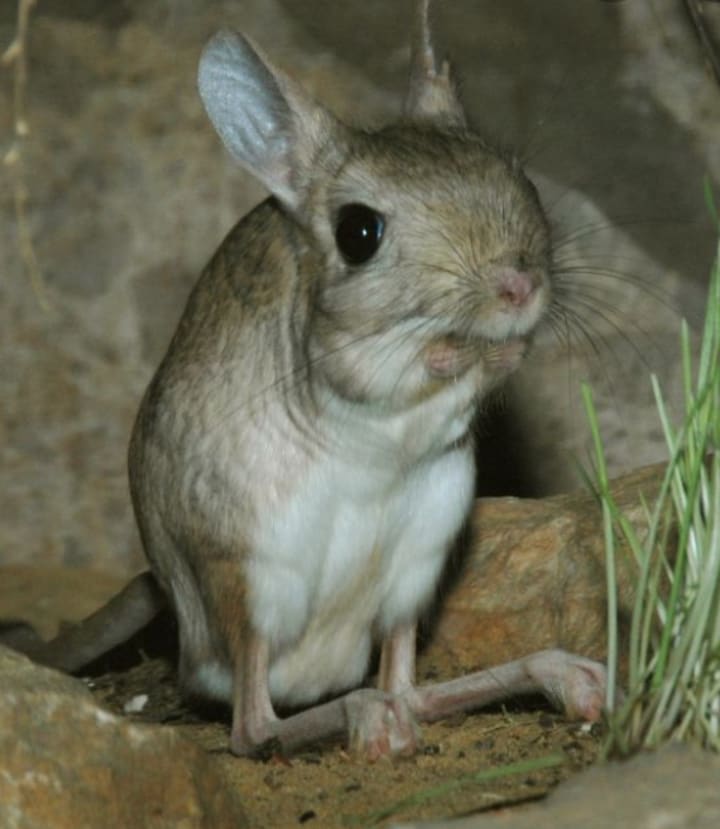
Cute Little Gobi Jerboa
These little animals are native to North Africa and Asia. They get around by leaping on their hind limbs which are four times longer than their forelimbs and their long tails give them balance. They are desert rodents. The gobi jerboa has the amazing ability to horizontally and vertically. They are about the size of a person’s fist. They get all of their moisture from their food which consists of insects and plants. As cute as they are unfortunately they would not make good pets. You could never keep one in a cage since it could not leap about in one.
To me, it looks like nature gave it the combination of rabbit ears, mouse body, and kangaroo hind legs.
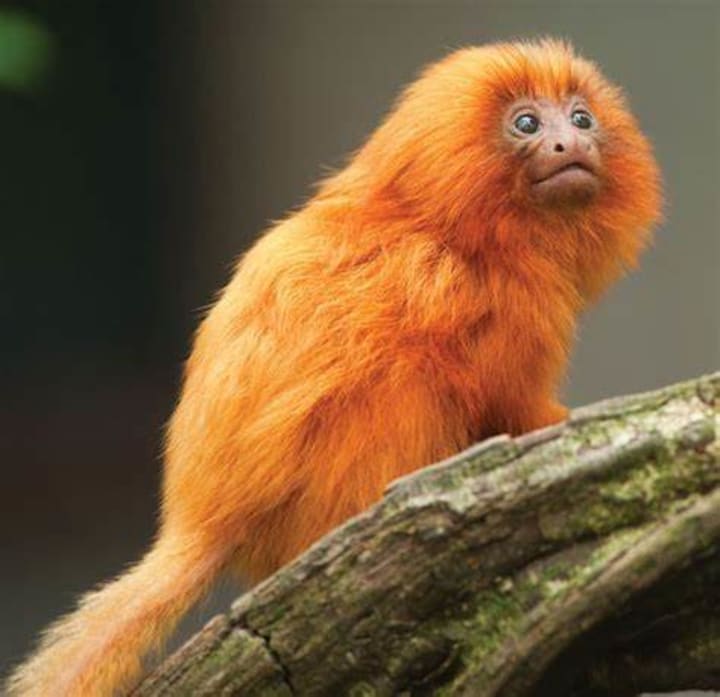
Beautiful Orange Tamarin
This is an orange-colored primate from the Atlantic Forest in Brazil Unfortunately, these monkeys bottomed out in 1he 1970s and less than 200 could be found in the wild. Then the Brazilian government and the World Wildlife Federation along with public charities and zoos around the world held out a helping hand to them.
These orange darlings are called tamarins and many can now be found in zoos. There are about 1700 Golden lion tamarins. In Brazil, they even appear on a Brazilian banknote.
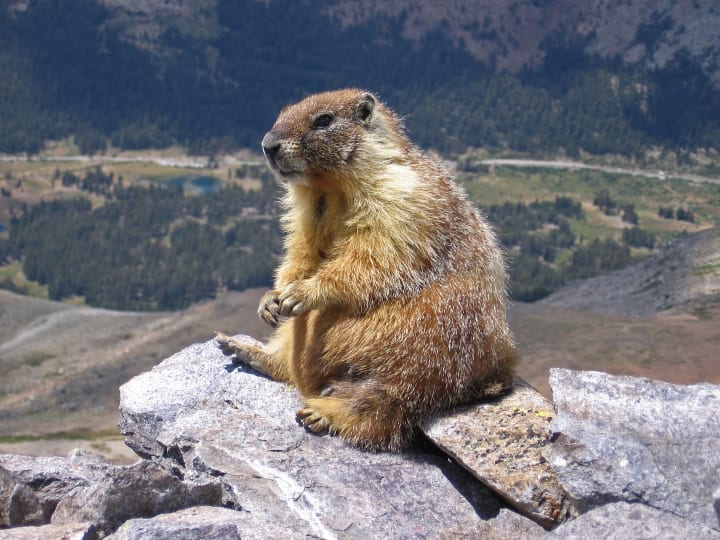
Large Ground Squirrels
I read about the marmot online and sat wondering exactly what one was. The interesting thing is that I have been to quite a few zoos but I have not seen one there. Marmots are relatives of squirrels and could be called rather large squirrels. These creatures live in burrows underground and don’t climb trees.
Marmots are large ground squirrels with reddish-brown fur. They have short and powerful legs so that they can burrow in the ground. They usually make their burrow in rocky terrain or on the sides of cliffs to help prevent predators such as grizzly bears from digging them out of their homes. When in danger marmots give a sharp whistle to alert other animals in the area to protect themselves. Altogether there are 15 marmot species among them groundhogs. Marmots are vegetarians and feed on grasses. To store fat from winter they have to feed continually.
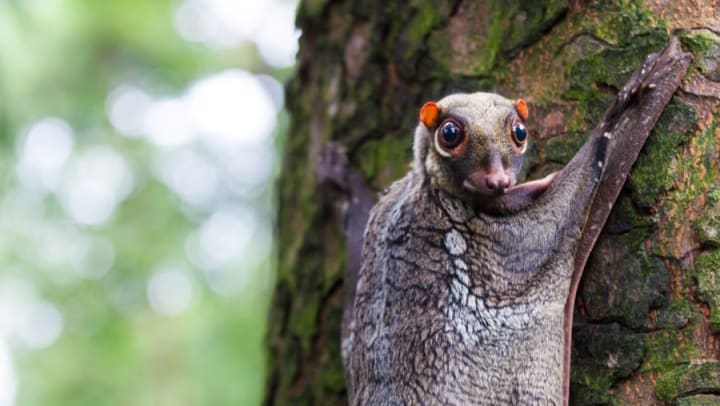
Flying Lemur
The Sunda colugo is a flying lemur also referred to as the Malayan flying lemur. It is native to Southeast Asia particularly, in Indonesia, Thailand, Malaysia, and Singapore. It does not actually fly but instead, it glides as it leaps among trees. This creature is most active at night and eats soft plant parts like young leaves, shoots, flowers, and fruit.
Loss of habitat and local hunting is a great threat to it. The flying lemur is a skilled climber and does not do well on the ground. It has a gliding membrane that is connected to its neck and extends to the limbs and tips of the fingers, toes, and nails. It gives them a gliding distance of 100 meters but has difficulty maneuvering in high winds and heavy rain. It will lick the bark of trees for water, nutrients, salts, and minerals.
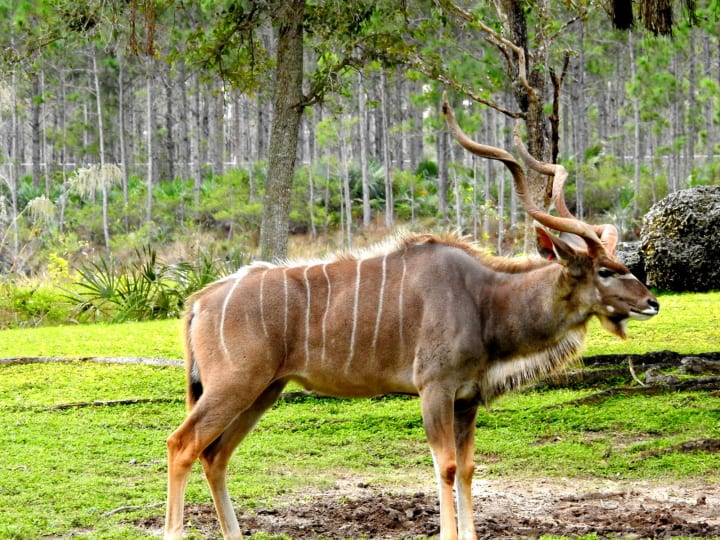
Meet the Greater Kudu
The Greater Kudu is an amazing animal that lives in Africa. Its habitat includes savannah and woodland. It will avoid open areas and forests.
These animals particularly the heavy and robust males might look like they’re a bit clumsy but in fact, they are fast and quick jumpers. They can clear a fence at 6.6 feet in height.
Their long necks help them reach food on high branches and it is only the giraffe that has a higher reach. Only the males of this species have horns. These are impressive and spiral-shaped and can grow up to more than 3 ft. in height.
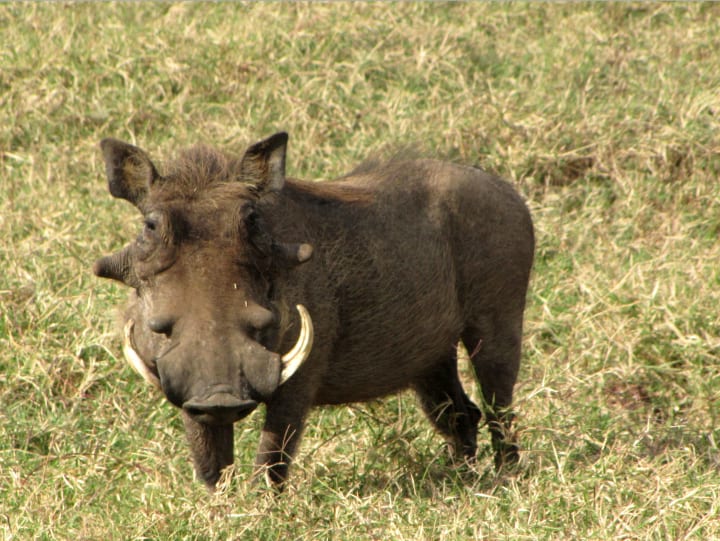
For the Love of Pumba
A rather ugly animal is known as the warthog. These are pigs with large, flat heads, and toughened snouts. They seem to be covered all over with warts but instead, these are fleshy pads to protect the pig if in combat. The warthog males collide head-to-head to get the other off balance. Their very sharp pointy tusks can do a lot of damage.
Disney made the warthog famous through their animated film and the film with real animals “The Lion King” in which we meet Pumba who was a lovable warthog. He was the one to say hakuna matata or no worries.
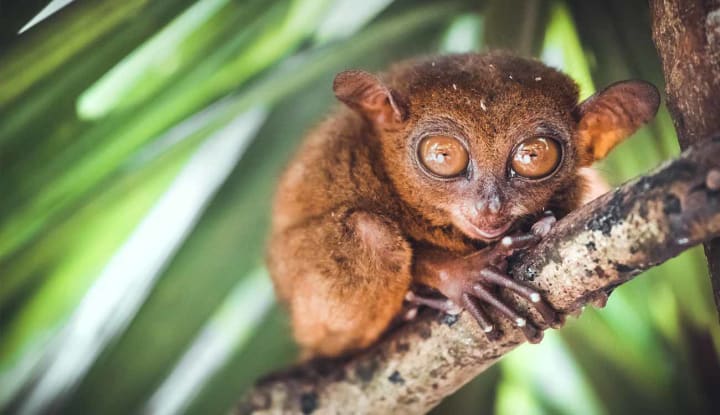
Looking Into the Eyes of a Tarsier
Taking a look at this you probably have two questions. One is what is a tarsier and the other why would you want to look into its eyes? Well, first of all, a tarsier is a small nocturnal primate which is about the size of a squirrel. Its home is the rainforests of South Eastern Asia and it’s the only fully predatory primate in the world. Its diet consists of lizards and insects. Now about those eyes.
This remarkable creature has the most enormous eyes, certainly the largest of any mammal when considering its size. Their amazing eyes can be turned in their sockets and due to this the tarsier has a flexible neck and can rotate its head 180 degrees so it can see the entire world it lives in. Its ability to rotate its head in this way is the same as for an owl, to make sure that it sees all possible prey and protects itself from predators. The eyes of the tarsier weigh more than its brain and therefore it has precise eyesight and great night vision.
In the Air
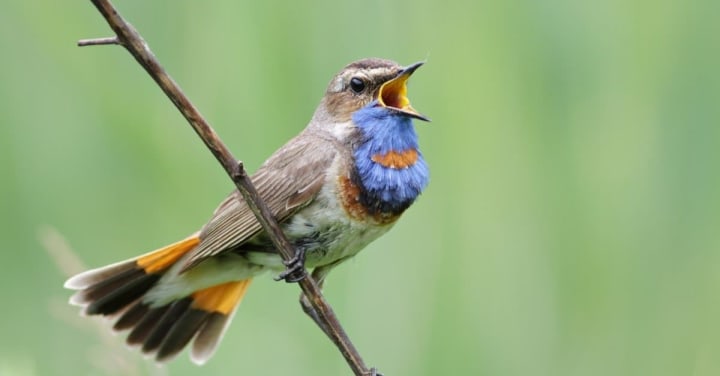
Sing Sweet Nightingale
I have been fascinated by all kinds of birds. I am not a birdwatcher as such but I do love seeing them and listening to their song. Songbirds are the most delightful things to hear in the spring and the summer. A songbird with a lovely voice is the nightingale.
It is the male nightingale that sings through the night trying to attract female nightingales that might fly by. These single males are on the lookout for a mate.
Nightingales have often been written about in literature, poetry, and song. They enjoy nesting either on the ground or just above it. They feed on insects and especially enjoy ants and beetles. Climate change has greatly diminished their population as well as the great numbers of deer that eat away dense woodland.
So that they could capture their lovely song people would try to catch nightingales in the 19th century. It was an unfortunate time for these birds because they did not do well in captivity and many did not survive.
Today as long as there are nightingales people can still enjoy their songs and these amazing birds can produce over 1000 different sounds.
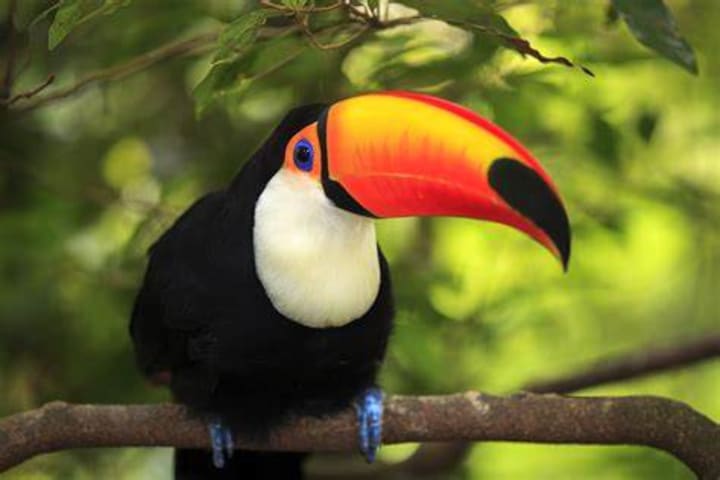
Colorful Toucan
One of my favorite most colorful and unusual-looking birds is the toucan with its incredibly large beak. There are forty different species all over the globe. Toucans are native to the forests of South America. Their large beaks come in colors of black, blue, brown, green, red, and yellow. Surprisingly enough the beaks are lightweight and help the birds maintain their body temperature. Toucans enjoy fruit but will also eat insects, reptiles, and bird eggs. They make their nests in holes in trees.
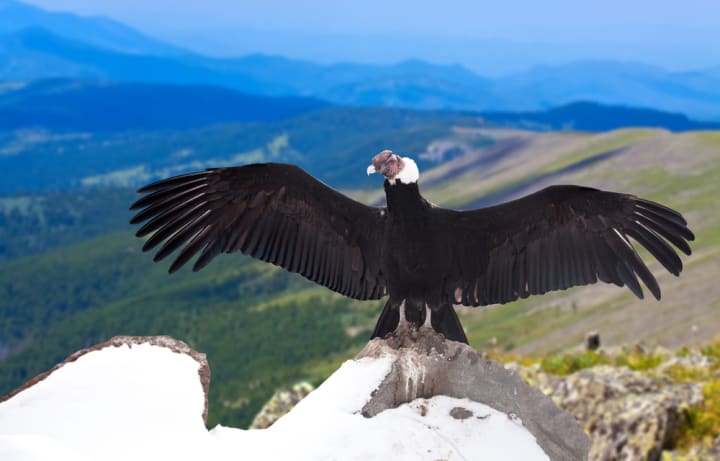
Flight of the Andean Condor
No, I am not talking about a plane or ship or any such thing. The Andean condor is the largest flying bird in the world. It makes its home in South America, You can find it in the Andean mountains and along the Pacific coasts in the western part of the country. This amazing bird actually weighs 33 pounds and it can keep itself in the air because it has some of the world’s longest wings. The only problem the bird has is that due to its heavy body, it takes time for it to get off the ground and airborne.
Once the Andean condor does make it into the wild blue sky it soars and if you look up it will seem that the bird is gliding along with the air currents. It soars to be able to look down and find dead animals to eat. During their flight time, these birds only flap about 1 percent of their total flight time. Amazing as it might seem the Andean condor can fly five hours and over 100 miles not flapping its wings once.
Therefore for the Andean condor choosing where to land is extremely important. It will once again have to go through the process of getting airborne once more and a lot of energy is expended during flight time. To help itself the bird must understand how it can use all kinds of atmospheric movement like air bubbles to help it during its flight and to be able to stay up in the sky. So if you ever suddenly see a very large shadow around you look up quickly it just might be the Andean condor.
In the Water
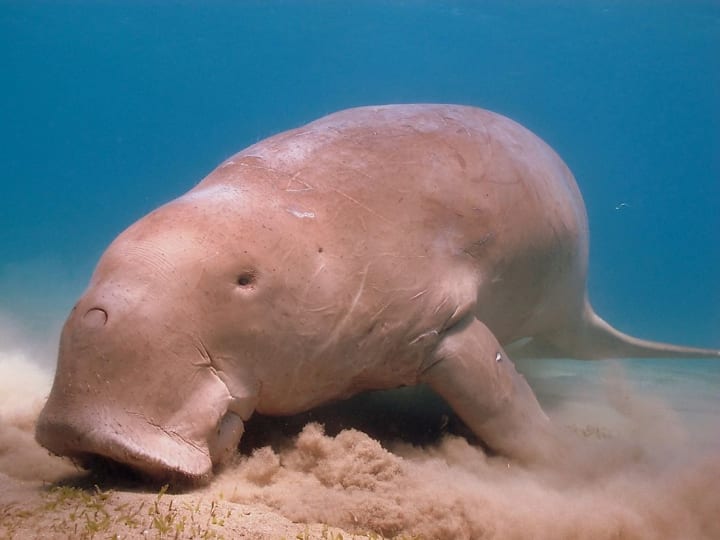
Introducing the Dugong
You are wondering what a dugong is. It is one of four species in a group of marine mammals. They are herbivores and their diet includes only plants, They are a tropical to sub-tropical species found in 37 different countries. The biggest population of dugong is in Australia with about 85,000. Their closest relative is the manatee.
It is surprising to find out that the closest land relative is the elephant. Male dugongs grow tusks at maturity and female dugongs also get tusks but in the older females. The age of a dugong can be determined by how many rings they have on their tusks.
Dugongs breathe oxygen above the surface through their nostrils and for up to 11 minutes they can hold their breath. Even though they don’t have good eyesight their hearing is excellent, They communicate by barks, chirps, squeaks, trills, and other sounds that can travel through water.
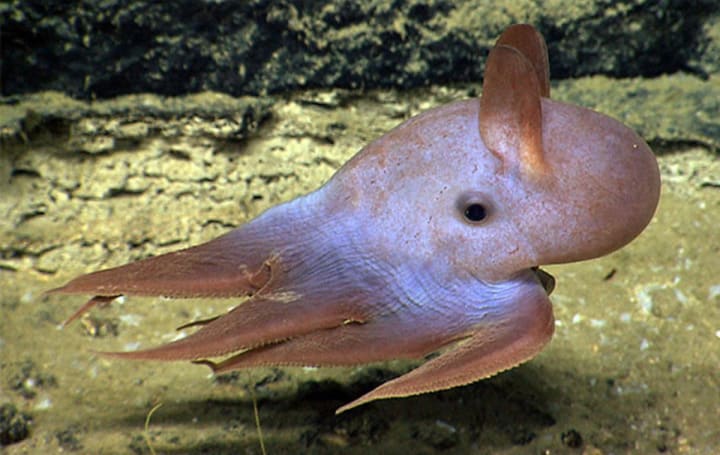
Meet the Dumbo Octopus
Dumbo the flying elephant that was created by Disney is a well-known character but it is not a real one. The dumbo octopus is real. It makes its home deep in the ocean in a depth of up to 12,100 feet. It belongs to the group that is the deepest living of all octopuses. The dumbo octopus has the ability to live in very cold water and no sunlight. They are rare creatures. They spend a great deal of time suspended on the seafloor but the females lay their eggs on the bottom attaching them to rocks or other hard surfaces.
The dumbo octopus moves around by flapping its ear-like fins and using its arms to steer. Their primary predators are diving fish and marine mammals such as sharks, dolphins, and tuna. The dumbo octopus got its name from Disney’s famous elephant due to the fact that it swims making use of its large ear-like fins. It makes me wonder if it was possible to get the dumbo octopus on the surface and out on the beach if it might also fly.
From Disney's “The Lion King” Pumba the warthog sings “Hakuna Matata”
About the Creator
Rasma Raisters
My passions are writing and creating poetry. I write for several sites online and have four themed blogs on Wordpress. Please follow me on Twitter.


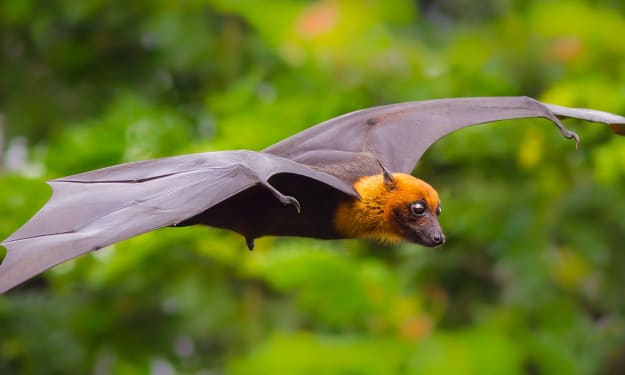



Comments
There are no comments for this story
Be the first to respond and start the conversation.